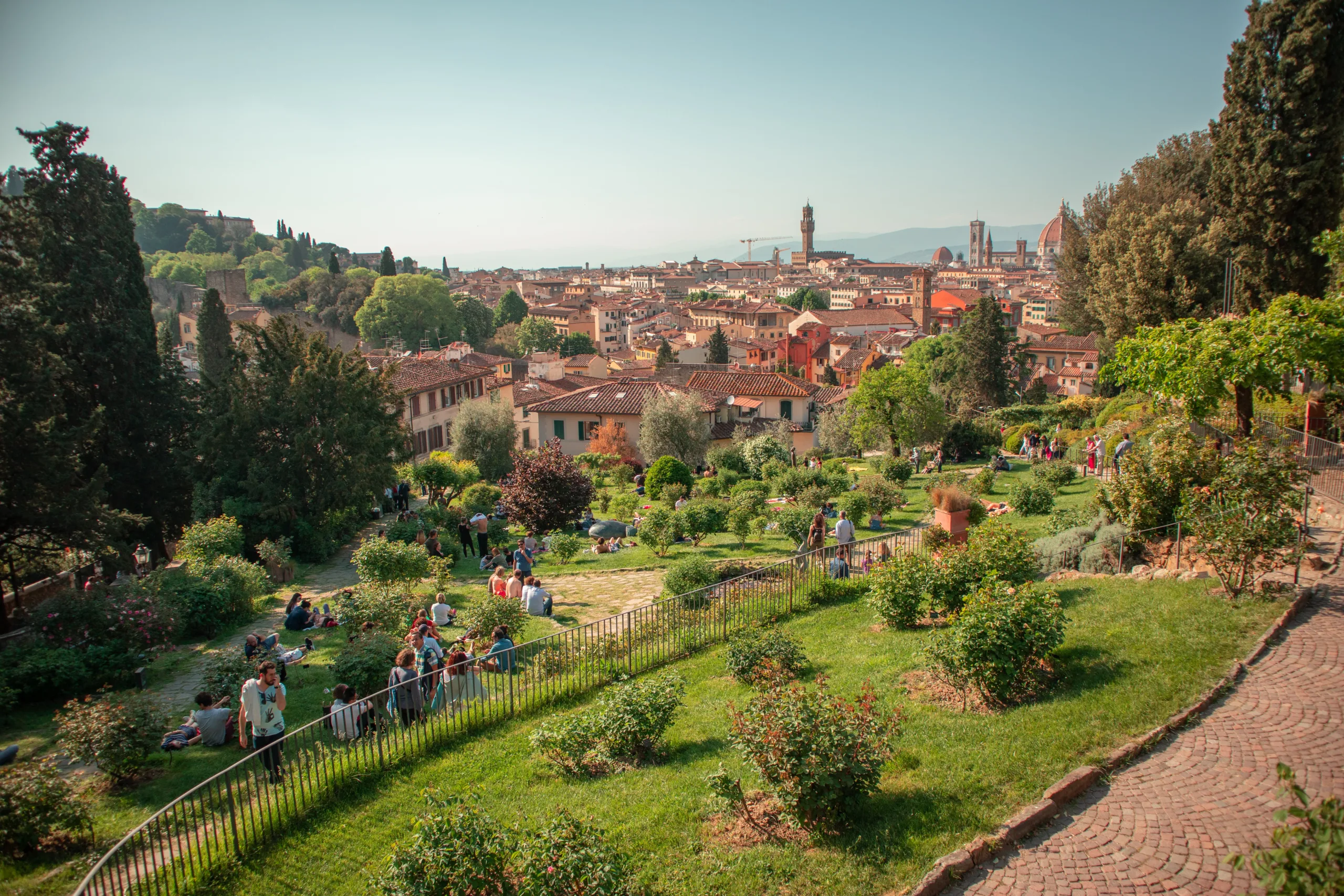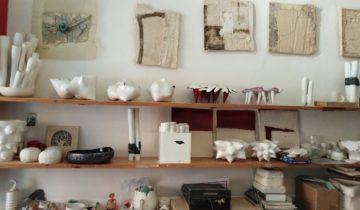Italy . Turkey – Great Britain
The history of fabric production in Italy and its neighboring country, Turkey, is a captivating tale of artistry, innovation, and cultural exchange. From the opulent silks of Italy to the intricate patterns of Turkish textiles, these nations have shaped the global fabric trade. In this informative text, we will explore the fascinating histories of Italian and Turkish fabrics and uncover the reasons behind London’s rise as a popular hub for the fashion industry.
Italian History of Fabric: A Legacy of Luxury
Italy’s history of fabric production dates back to ancient times when it was an essential hub along the Silk Road, facilitating trade between Europe and Asia. During the Renaissance period, Italian cities like Florence, Venice, and Milan became centers of textile craftsmanship, creating luxurious fabrics for the nobility and aristocracy. The Italian silk industry reached its zenith during the 17th and 18th centuries, with cities like Como and Lyon becoming renowned for their silk production.
The Italian fabric tradition is characterized by exquisite craftsmanship, intricate designs, and a keen sense of aesthetics. The use of luxurious materials, such as silk, velvet, and brocade, became synonymous with Italian elegance. The country’s rich history of fabric has played a significant role in shaping the global fashion industry, making Italian textiles highly sought after even today.
Turkish Textiles: A Fusion of Cultures
Turkey, with its strategic location bridging Europe and Asia, has been a melting pot of cultures and influences throughout history. Turkish textiles boast a rich legacy, combining elements from the Byzantine, Seljuk, and Ottoman empires. Turkish craftsmen excelled in techniques like Ikat, a method of dyeing and weaving, which produced intricately patterned textiles.
One of the most famous Turkish fabrics is the luxurious Ottoman silk, which was highly prized in the medieval period. Additionally, Turkish carpets and kilims, with their distinct patterns and vibrant colors, became renowned worldwide for their craftsmanship and beauty.
London’s Rise as a Fashion Capital: The Power of Trade and Creativity
London’s emergence as a global fashion capital can be traced back to various factors. The city’s status as a major trading hub during the British Empire era allowed it to access an array of textiles and materials from its colonies, including India, Egypt, and Southeast Asia. This influx of diverse fabrics enriched the fashion landscape, inspiring designers to experiment with new textures and designs.
Furthermore, London became a melting pot of creativity and innovation, attracting artists, designers, and craftsmen from all over the world. The city’s cosmopolitan atmosphere fostered a spirit of exploration and exchange, leading to the blending of diverse cultural influences in fashion and textiles.
Additionally, London’s prestigious fashion schools, such as Central Saint Martins and the Royal College of Art, have played a crucial role in nurturing talented designers and propelling the city to the forefront of the fashion industry.





 No products in the cart.
No products in the cart.